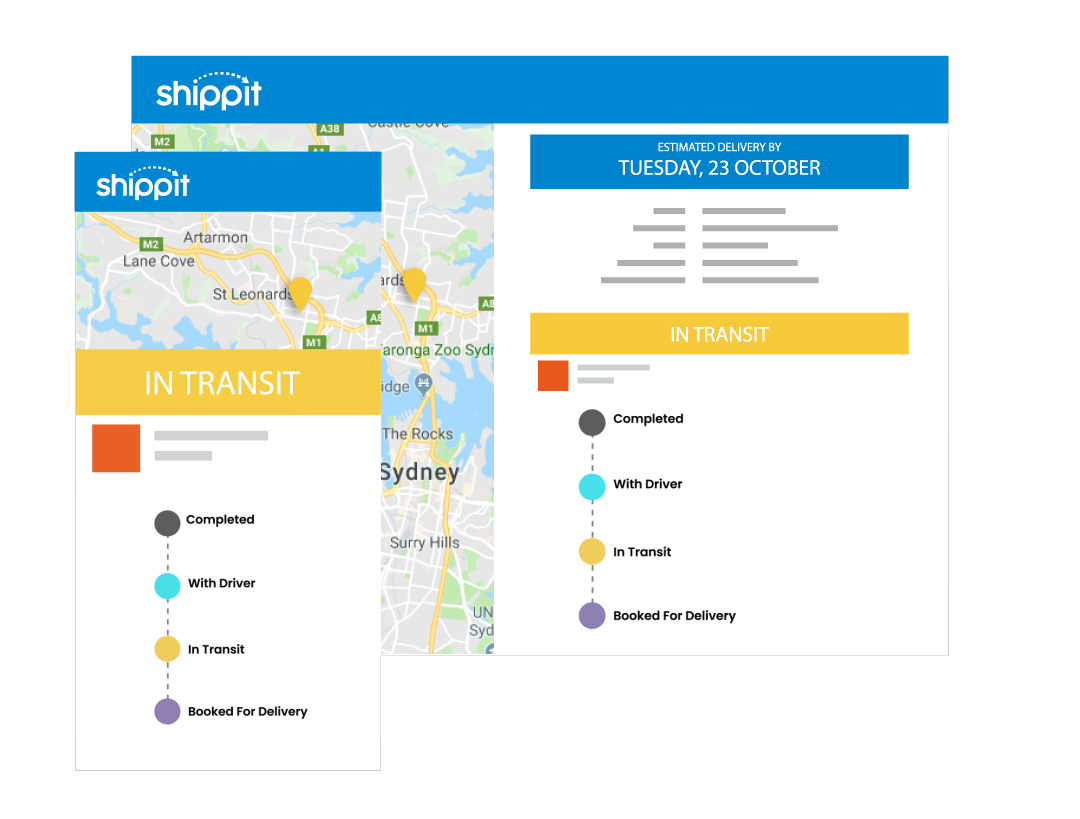Social proof, customer reviews, digital word of mouth, testimonials – call them what you will, but if you’re not including this type of customer-generated content (CGC) with your product pages, website and social media accounts, you’re missing out on sales.
The power of CGC is both psychological and social. People turn to the actions of others to figure out if a decision they’re about to make is the right one. This is powerful for e-commerce as providing content generated by real customers will give a new shopper an unfiltered look into what others have done, supporting their decision to buy.
Study after study shows that consumers trust their peers over traditional marketing, and as more people write reviews, post images and upload videos about the brands they love and loathe, this content is becoming increasingly influential on what shoppers decide to buy.
So why has CGC become so critical to the shopping experience? According to this study, there are three reasons:
-
- Choice overload. In today’s mass-markets, product reviews from verified purchasers make finding the right product easier
- Word of mouth at scale. CGC gives shoppers access to opinions way beyond their social circle, with the benefits of imagery, video and questions answered in real-time
- Reviews at their fingertips. With their phone never far from grasp and the mobile experience richer and more intuitive than ever before, reviews are easy to find whenever wherever
So what’s the best way of creating, collecting and sharing this customer-generated content?
Creating and collecting…
It’s common to feel a sense of anxiety before making a purchase, especially one you can’t touch or try, so to quell any doubts, 56% of online shoppers are reading online product reviews and this doesn’t just apply to big-ticket items. From 2015-2017, review searches for items which retailers may view as low consideration (for example ‘best umbrellas’) have grown faster than high consideration categories.
There are a number of ways to prompt customers to leave a review, including review apps such as Bazaarvoice or Ratings Widget and email. And remember, bad reviews aren’t necessarily bad for business, as they can aid validity – this article explains more.
In addition to traditional product reviews, you could ask customers to leave testimonials. These should feature the customer’s name, image and description (or a video if possible) explaining, in their own words, their thoughts on the product. Questions about satisfaction can be collected in post-purchase communications, acting as both a brand building exercise with existing customers and a valuable tool to attract new ones.
Sharing and repurposing…
As well as including reviews on your website, you may ask customers to review on social media channels, such as Instagram and Facebook. When launched Facebook reviews grew 4x faster than any other site, proving that social proof really works best when in an open, transparent and public domain.
And don’t just let this valuable content sit on your website, it can be repurposed for all sorts of marketing, including emails, social media posts, blogs or even form the basis of a promotional campaign. Master of all things Digital Marketing, Jeff Bullas explains how to do this well here.
And it’s more than just product reviews…
Although the most common form of CGC is the product review, actually social proof messaging can encompass so much more. It may come in the form of a pop-up as the shopper browses, telling them the quantity left in stock, or how many customers have bought this product, or are looking at it right now.
Social proof messages give customers the confidence to make informed online shopping decisions by turning trends into actionable information, which improves customer engagement and increases sales.
Fashion retailer N Brown Group began testing this type of social proof over a 90 day period and added an additional revenue of c.£2 million across its three brand sites.
Incorporating CGC into your sales and marketing is win-win. The customer is better informed to make the right buying decision; in turn, increasing satisfaction and driving repeat business. While, the retailer has a source of constructive feedback on everything from shipping experience, to price, to product usability, and can use this to continually improve their business.
And with 51% of mobile users report buying a product from a company or brand because it had better content and information than a competitor, as well as delivering a better shopper experience, putting as much content in front of your customer in the moments that matter, can make the difference between getting the sale and missing out to someone else.

